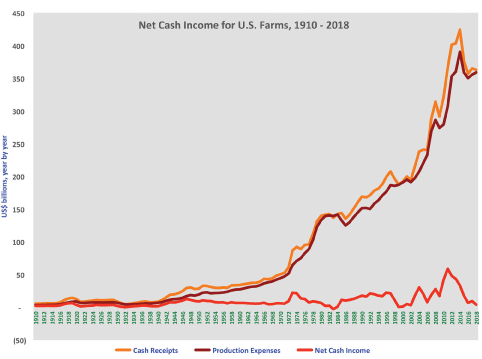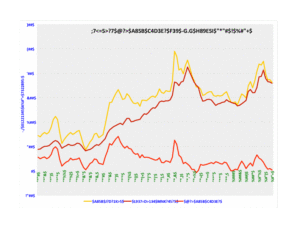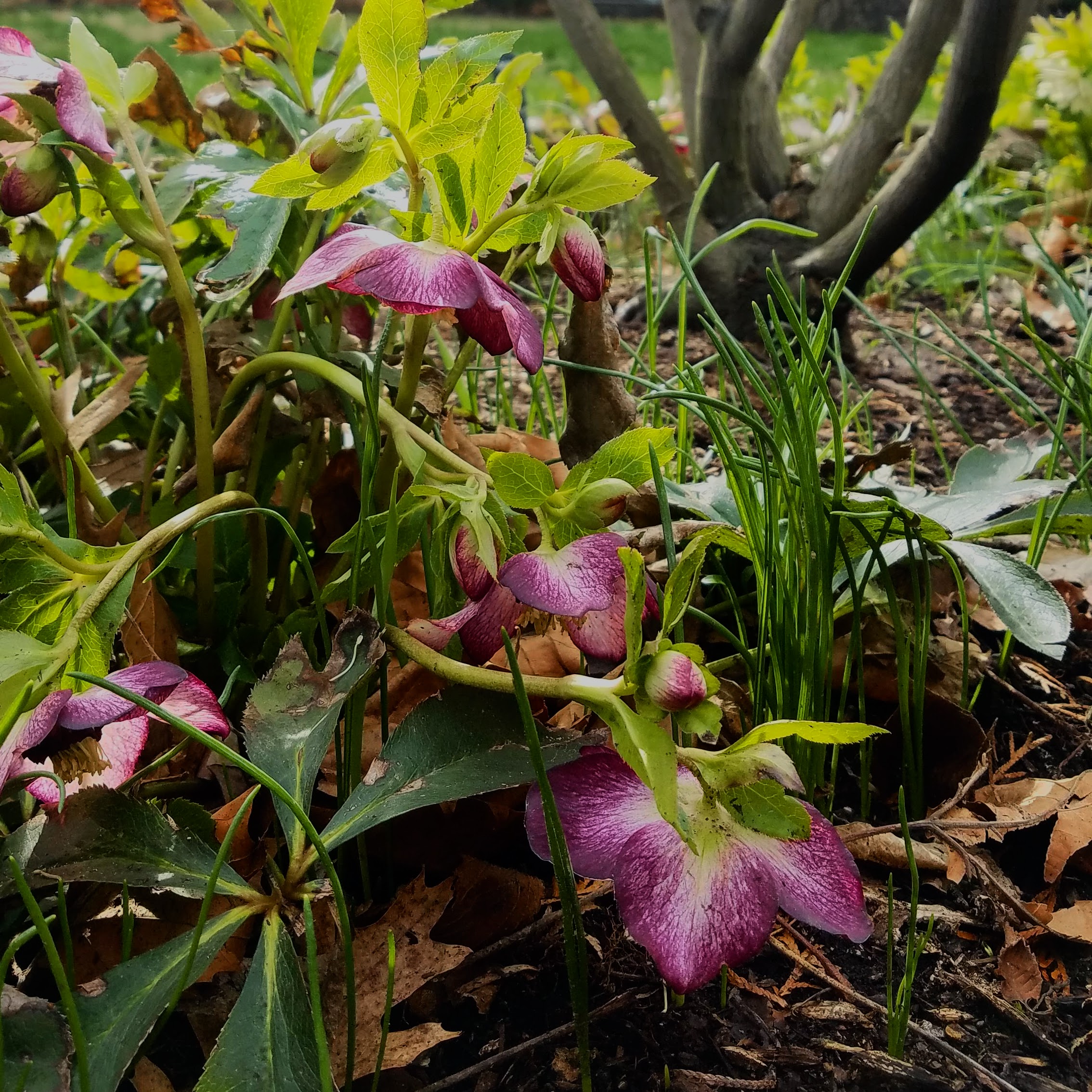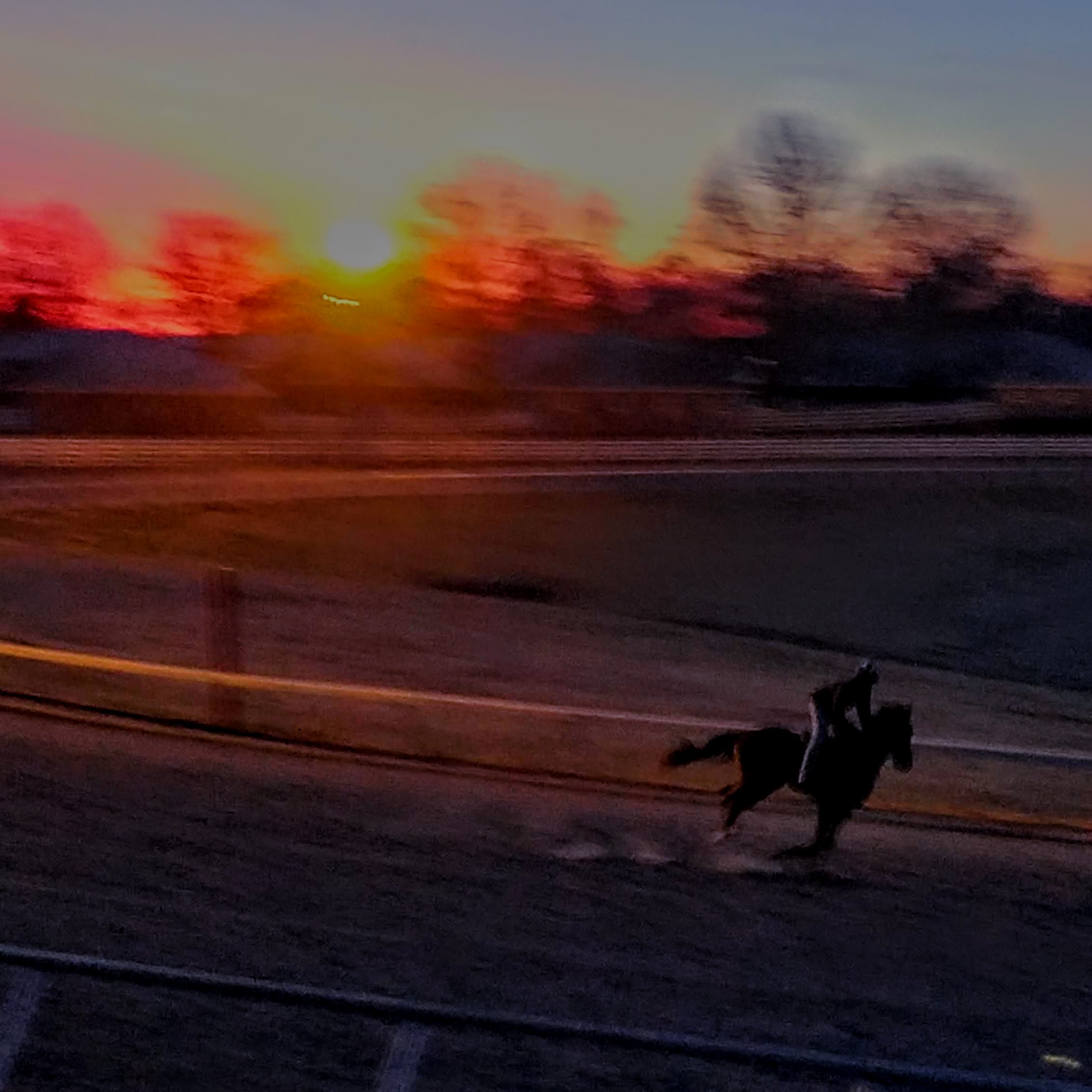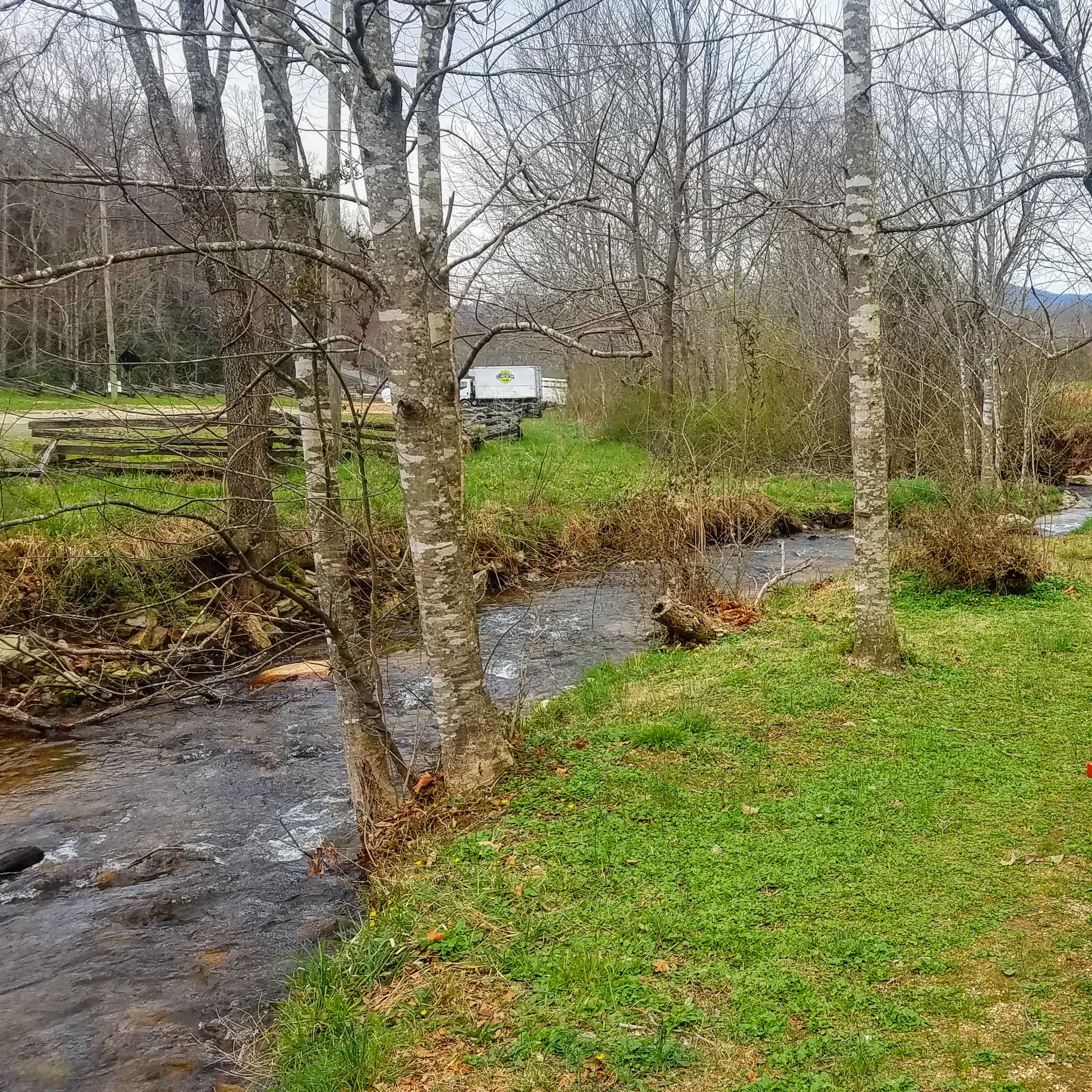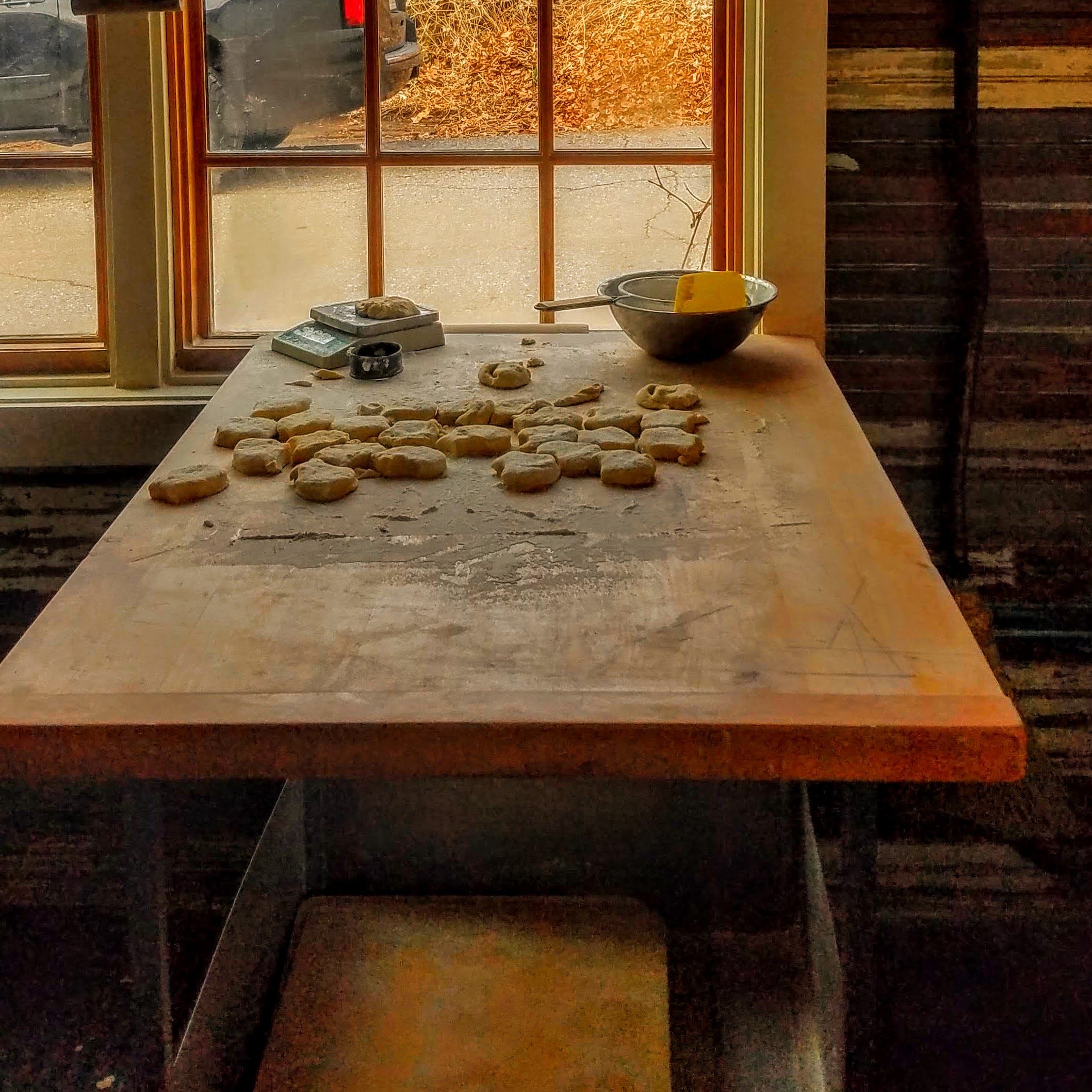Spring ahead
To cherish what remains of the Earth and to foster its renewal is our only legitimate hope of survival.
wendell Berry
This March has been my month of springing forward to the call.
At 5 in the morning on a sleety cold February 27th, I drove up to LaCrosse to attend the MOSES Organic Farming Conference. For the next 2 days, I got to dive deep into the workshops, conference key note speeches, policy talks and exhibitor booths of all things organic farming. As I signed up and paid my yearly dues to the National Young Farmers Coalition I smiled to myself that I would be a young farmer at 53 this month. The tattooed and dread- locked kids at the table took my check and reminded me of all the great discounts I would receive with my membership. Woo Hoo ! When I left on Saturday night in an ice storm, I was bursting with enthusiasm and ideas for my future farming plans. I was also sobered by the daunting task ahead.
Upon my return was struck by how hard this farming is in our country. An article in the MOSES Broadcaster brought this into stark reality. These charts were displayed:
chart one
chart two
Chart 1 shows the history of U.S. farming over the past century. On this chart, the orange line shows the cash receipts earned by all farmers since 1910. As you can readily see, there have been tremendous increases in the sales of farm commodities. However, the maroon line shows that production expenses have risen just as fast. The red line on Chart 1 shows the net cash income of the farm sector—production expenses subtracted from cash receipts. While farm families have other ways to earn income, this red line shows how profitable it is to raise crops and livestock.
A quick glance at this chart shows that there has been no sustained growth in net cash income for more than 100 years. In fact, at the time this data set was compiled, the net cash income for all farmers was nearly zero for 2016-2018, after a few peak years in which prices rose to abnormal levels.
The results of Chart 2 are even more sobering. The value of the U.S. dollar has declined over the past century as a result of inflation. This means a dollar earned in 1910 was worth about $25 today. What this adjusted chart shows is that the only truly prosperous periods for U.S. agriculture were due to global market power (a), which was lost in mid-century as other nations became competitive producers, or to external shocks (a-d). Overall, net cash income has trended downward, reaching levels lower than the Great Depression (1932) in 1983, 2000, and 2018. Moreover, each of these bubbles led to further decline, not to lasting prosperity for the farm sector.
Chart 2 shows only the income that farmers earn from selling crops and livestock and does not include other common sources of farm income. These include government subsidies, renting out land, and doing custom farm work for a neighbor (for example, harvesting their corn crop for pay). Incorporating these additional forms of incomes does make this picture a bit brighter, but not significantly.
These charts encompass all types of farming operations both conventional and organic. So why in the world would someone want to farm? As you can see it’s not about the money.
While I was at MOSES and over the last 5 years or so I have grown in my convictions that there is another way to farm and that I must be a part of this movement. Our country cannot continue to feed people farming in this extractive, unsustainable, economically disastrous and ecologically damaging way. Farming must return to being a biological endeavor not an industrial one.
The MOSES conference presented ,in one of many keynote addresses, this Vision for the future of Farming. This is where my calling lies. This is why I want to farm.
Two weeks later I took a trip to North Carolina to deliver a painting to dear friends in Asheville, then to visit graduate school friends down the road in Hendersonville. I told Ed I was going in search of Spring and when I found her I would drag her back.
On the drive down I listened to the audio recording of The Uninhabitable Earth by David Wallace Wells.
Honestly it scared the crap out of me. The facts he laid out in his description of global warming and the environmental disaster we have created were, in turn, frightening, then mind-numbingly incomprehensible. One statistic hit me square in the gut. It is predicted that with no change in the current environmental situation we have 12 harvests left. I ached for him to pose one positive suggestion, one small light at the end of the tunnel, one mention of someplace or someone that had an idea of how to solve this situation. For the past 10 years I have been reading and studying the positive results that regenerative farmers and graziers have been achieving. In this book, I heard nothing of these solutions. I realized I have so much to do on my farm, only 12 harvests left? How could this well-read and studied journalist, never thought to interview someone from the Savory Institute or Rodale Institute or MOSES or ACRES USA? Wallace Wells wants to shake us out of our stupor and compel us to sit up and take note. He is sounding alarm bells and rightly so. He gave few, if any solutions, and it wasn’t his intent. That is what ours must be. Again I heard loud and clear what my calling is.
I ended the audio book right as I pulled into Lexington. I ordered a local bourbon and tried to get his voice out of my head. Yes, spring was here I found it in Lexington KY. The Narcissus and Lenten Rose were blooming and the sun had already colored up the rolling hills of bluegrass. It has been on my personal bucket list to watch the sunrise over the track at morning practice at Keeneland since I was an 8 year old reading books about famous racehorses. As I stood in the frosty morning air watching the sun rise I could hear their breath before seeing them round the curve. These equine creatures, amazing bodies with legs so powerful they literally pump the air through giant lungs and fly, yes they fly, feet barely touching the track. What a scene of exquisite beauty and awe-inspiring quiet. No noises just the breathing and muffled rhythmic pounding in the soft footing. I could not be discouraged for the future. We are all called to action.
Asheville and Hendersonville also were home to spring, to Forsythia and Redbuds and trips to gardens and local farms. I spoke to brewers and chefs, farmers, and livestock producers, distillers and writers and artists. I spoke at my friend’s garden club about our farm and where we are and what we are working towards. I was humbled by the interest and genuine enthusiasm for our endeavors. I was also amazed by the support of my friends and family in my call. I could not continue all these tentative steps forward with out the support of my parents, my husband, and everyone who buys paintings, and the things I make.
I came home refreshed, Spring tagging along in my Subaru, and snow on the melting wane.
We are all called to make choices big and small every day. Each is called in their own way and for those who are not called to farm, then stand up, listen for your call, and do your part. Support those who are finding solutions. Support those who are pointing the way. Read, listen and vote. Vote with your dollars when you shop.
This is my calling but I need your support and other farmers need your support. Follow us, purchase from us and stand up for us. We are here and we are trying to make this earth inhabitable for us and for our future.
For the next year, I will post 3 things each month you can do to turn around global warming. Choose one and commit to it. It is my challenge to you.
Let’s spring forward to our calls.

